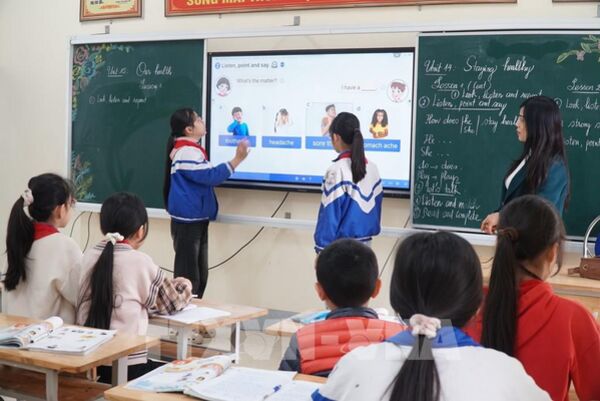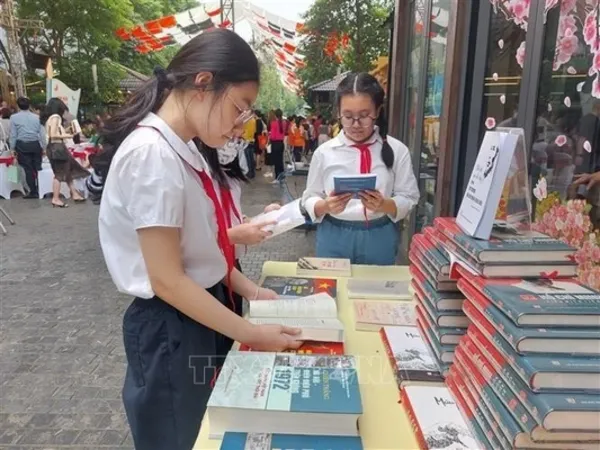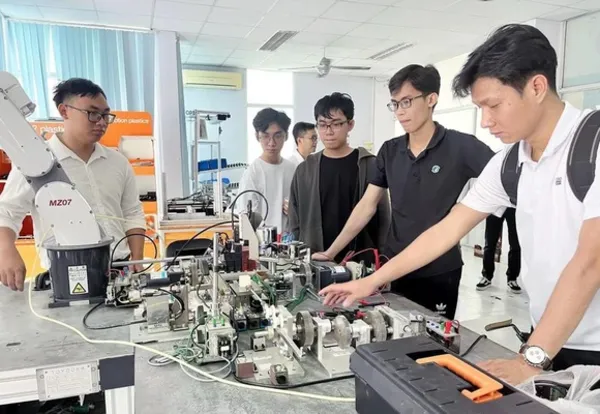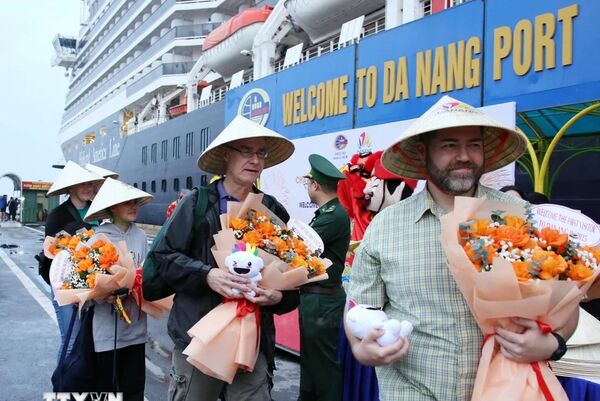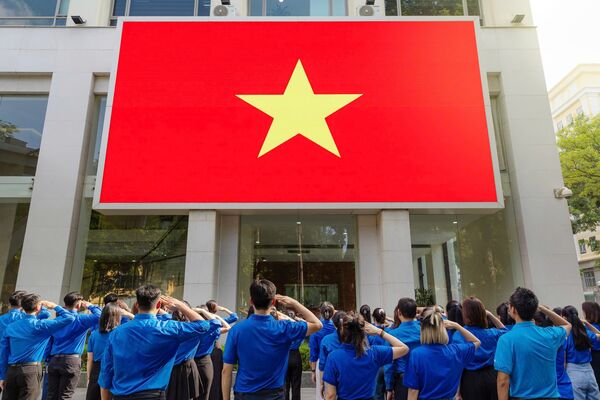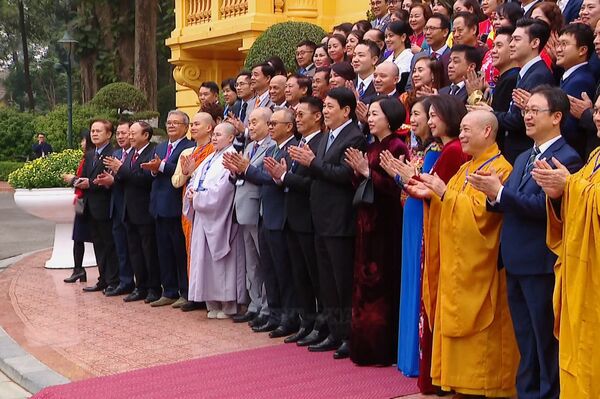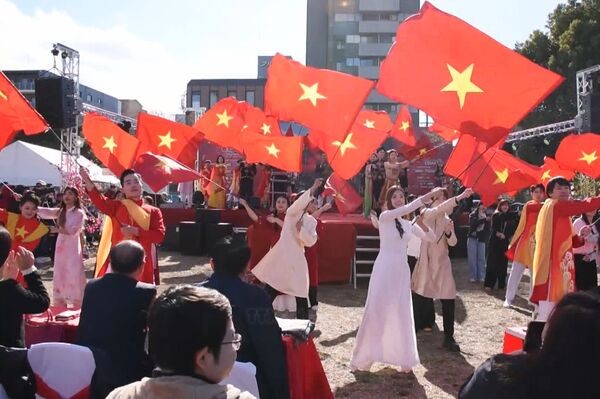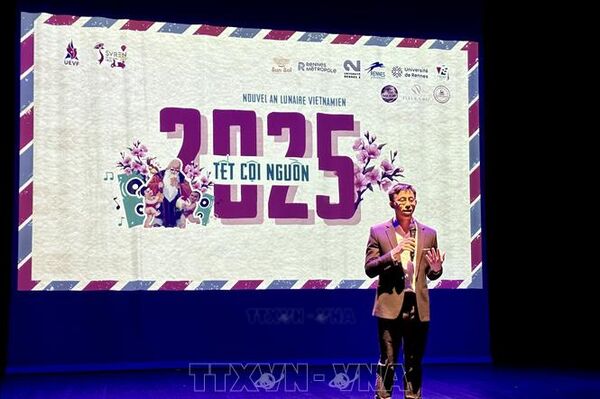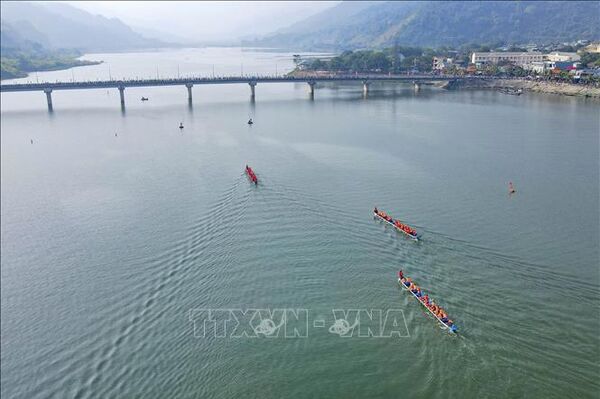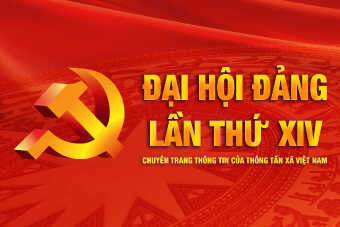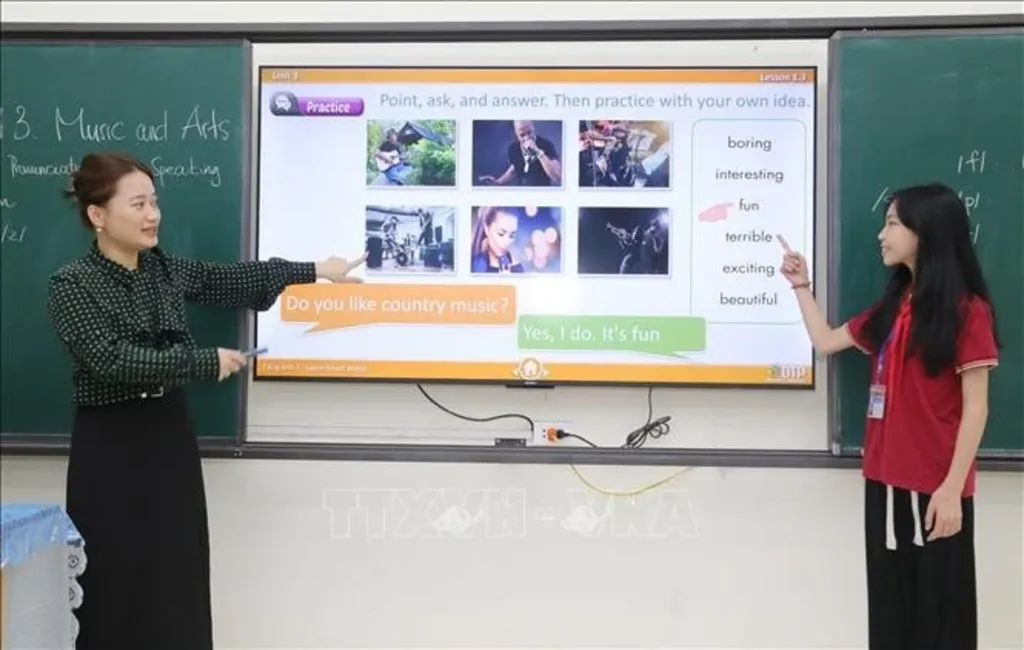 |
| At an English classroom in Lang Son province. (Photo: VNA) |
Hanoi (VNA) - The Ministry of Education and Training held a workshop on March 5 to collect feedback on the draft national scheme designed to gradually introduce English as a second language in schools nationwide.
The scheme, spanning from 2025 to 2035 with a vision extending to 2045, is being piloted in selected universities and schools.
In his speech, Deputy Minister of Education and Training Pham Ngoc Thuong underscored the importance of learning from international experiences to tailor solutions that fit Vietnam’s educational context. Key priorities include effective resource allocation, teacher training, international partnerships, infrastructure investment, and active social engagement to ensure scheme’s success with high quality and efficiency.
He noted the role of digital transformation and technology application in teaching, which can bridge regional gaps, save time and reduce workforce demand.
Assoc. Prof Nguyen Van Trao, Vice Rector of the Hanoi National University of Education, stressed that the scheme must clearly define the role and planning of the higher education system, particularly key pedagogical universities. This includes developing training courses and materials for teachers and education students, improving infrastructure for teacher training establishments, and formulating concrete plans for enrollment targets, financial support for teachers and students, and collaboration with English education experts.
Dr. Nguyen Thanh Binh from the Ho Chi Minh City University of Education said the scheme should ensure accessibility for students in remote and mountainous areas, address disparities in teacher qualifications across different localities, pool social and various funding sources to develop advisory services and supportive tools.
The scheme outlines specific targets for integrating English as a second language across all education levels. By 2035, all eligible preschools will introduce English, targeting 100% coverage of children aged 3-5, extending to all preschoolers, including nursery and kindergarten, by 2045.
By 2035, every student from grades 1 to 12 will follow an English-as-a-second-language curriculum at levels 1, 2, and 3, with all schools offering advanced levels 4, 5, and 6 by 2045. All universities will also adopt levels 4, 5, and 6 while all vocational training establishments will integrate career-focused English courses into their curricula.
By 2030, Vietnam aims to complete the building of English curricula within the continuing education system to meet growing public demand./.
